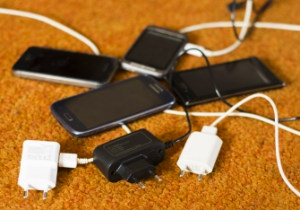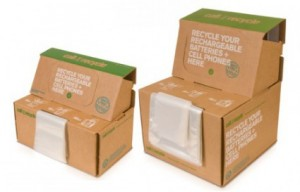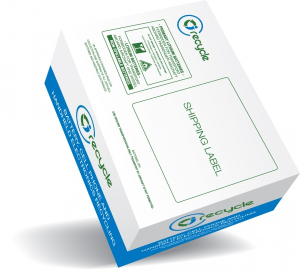Battery powered remotes, hair trimmers, toothbrushes, cameras, and all kinds of electronic gadgets contribute to the $45-billion-dollar global battery market. Battery demand for low and medium power electronic devices grows at a rate of six percent or more per year. Massive amounts of resources go into research, design and building different single use and rechargeable battery units. What happens when inevitably hundreds of millions of these batteries run down, or won’t charge anymore? Should they be thrown in the garbage, or recycled? If they are recycled, then the question becomes: Why and how should batteries be recycled?
What Batteries Should Be Recycled and Why

All of our electronic gadgets use lots of batteries
Single use batteries are what you’re used to dealing with in your personal electronics. These batteries are charged from the factory and when their power has dissipated, they are usually disposed of. The basic chemical in single use batteries is alkaline(zinc and manganese oxide), which can be recycled into low grade steel to make construction products. At one time, these batteries contained a small amount of mercury, which can be very toxic to water supplies and difficult to clean-up. However, the mercury has been removed and all alkaline batteries no longer contain the harmful chemical.
Other single use batteries are made from Lithium and are found in watches, calculators, and car remotes. Rechargeable lithium batteries are found in laptop computers and cordless tools. Lithium is a very rare commodity in the world, and is used in many different production applications. These types of batteries can be recycled into new batteries, or stainless steel products such as sporting goods and other metal products.
Lead based batteries are used in automotive applications and can be recycled into new batteries for cars, tractors, and construction equipment. The lead base for these batteries is highly toxic and these batteries should be recycled immediately, rather than letting them sit around to risk the possibility of the lead leaking out of the battery. Lead is a particularly harmful compound and can cause brain and kidney damage and severe developmental issues in children.
Many cell phones have removable batteries, and these units can be refurbished into new batteries for resale. With phones that have internal batteries or cannot be refurbished, the battery’s individual components can be recycled into new stainless steel or metallic based products. To learn more about the parts of a battery and how they work, check out our article: How do Batteries Work?
Millions of these batteries are thrown into landfills. This massive use of land, and waste of materials could be significantly reduced with a battery recycling plan. Since 1996 Call2Recyle has recycled over 85 million pounds of these batteries from landfill sites all over North America. They have convenient drop-off locations all over the country in places like Home Depot, Lowes and Best Buy. You can visit their website at Call2Recycle.org to find your nearest battery recycling drop box location.
How to Recycle your Batteries
If your home or business does not have a recycling collection plan, a few simple steps will help to get one started. Keep the used batteries separated by type in secure, moisture proof containers so that no wetness can break down the battery cases, and make sure that if you recycle at home that the used batteries are stored away from pets or children for their safety. Transporting to a recycling center as soon as possible is also recommended. In North America there is a drop-off site for collection within 10 miles of most residences. For a business or manufacturing area there should be reserved places for batteries and other recyclables to be stored.
Easy Recycling Kits for your Home or Business
For home and businesses, Battery Solutions has an easy to use kit that will educate you on the methods and the reasons for recycling used batteries. This kit also includes storage containers for used batteries that are ready for recycling. After the kit is filled, it is shipped via pre-paid delivery service back to the Battery Solutions collection center. For individuals who don’t have a nearby collection center this option is a great way to get used batteries to their proper recycling location. This convenient and environmentally proven collection method saves millions of batteries going into landfills and possibly causing water or ground contamination.
Another thing to consider is to reduce the amount of disposable batteries that you use by purchasing rechargeable batteries. These batteries can be recharged up to 1500 times! Imagine the amount of batteries you could reduce by just using a few of these in your most energy hungry devices. You can learn more about one of the most highly rated rechargeable battery kits by clicking on our review here.
With all the personal electronic devices in each of our lives, we’re generating many used batteries every year. However, by recycling, we have the opportunity to reduce this glut of used batteries. There are plenty of health and safety reasons to recycle batteries, but theirs also a very satisfying reason to recycle. It feels good to know that you’re keeping some potentially harmful elements out of our water systems and environment, while contributing materials to make new products for someone else to enjoy, all over again.
You’ll also like:
Questions about Solar That You Forgot to Ask
How do Batteries Work?
Sanyo Eneloop Power Pack Rechargeable Battery Kit Review



Leave a Reply